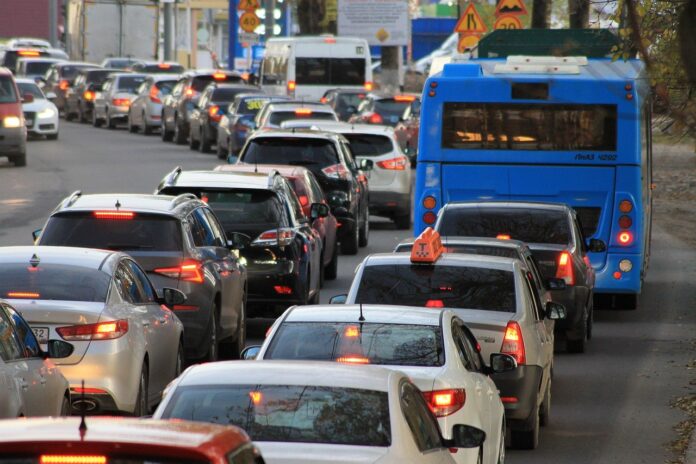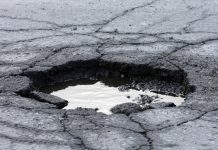A new study conducted by tyre and car specialists ATS Euromaster has revealed that there are 5 million more registered vehicles in the UK, yet congestion has actually eased overall – a fact precipitated by the recent lockdown.
That said, it’s not all rosy, and it pays to be smart about when – and where – you travel.
We’ve had a look at the ATS data and, armed with it, pulled some our own findings, with a particular focus on congestion in the North.
Note that this data concerns periods before COVID-19, but we do reflect on how the pandemic has changed UK roads further on in the piece.
Busiest roads revealed in the research
Congestion might be easing, but you still want to be smart about your commute. For instance:
- You’d do well to avoid the M25, which encircles Greater London. It’s under the most strain near Colnbrook Pass – just a stone’s throw away from Heathrow. Traffic here can be heavy throughout the year.
- Another congestion hotspot? The M1 on weekdays between Junction 17 and 18 (Coventry-Rugby). ATS data shows this is a much-used stretch of road, so plan accordingly.
- For Northern readers, be careful with the M60/M602 crossing near the Cleavley Athletics Track. Other pain points include Manchester’s M60 Outer Ring Road (just south of the Bridgewater Canal Tow Path), as well as the stretch of M60 near the Bury New Road turning.
- Don’t be fooled though, because the M60 isn’t the only offender, with the M6 home to heavy historical congestion, particularly near the Manchester Road turning (Warrington).
- And, if you’re heading north out of Manchester, the stretch of A56 between Edenfield and Haslingden sees heavy congestion year-round.
- Finally, the A6 near the Derby Commercial Park circle is a pain point too.
Overall, it pays to be in the North, and you’re most likely to get stuck in traffic near Heathrow, as well in the midlands between Coventry and Rugby. Towards Manchester, it’s plainer sailing.
Unsurprisingly, traffic was way down in the height of lockdown…
- Motor traffic plummeted to 27% of normal levels in early April and was only hovering at 50% a month later. It’s taken until late July to see roads back to “normal” levels, though even as of September, there are still fluctuations as people choose to work from home as opposed to visiting the office.
- One thing that has been consistent is the number of people choosing to cycle as opposed to using public transport, with April and May recording 300% more cyclists on British roads than in previous years. As of September, cycling is still proving popular.
Rise early to beat the next Bank Holiday rush
Bank Holidays are usually a busy time of the year, but they haven’t been the same since lockdown:
- The number of cars on the road over Good Friday (April 10th) and Easter Monday (April 13th) was down 73% and 77% respectively.
- May saw a slighter stronger performance for cars: down 66% and 50% (May 8th and 25th respectively).
- However, August levels are getting slowly back to normal.
- Based on ATS research, when the rush is firmly back to the way it was in “normal” years, you’ll want to rise early, as congestion is typically worst on a Bank Holiday at midday (with the M5 particularly choked, and the M1, M4, M3, M42 and M40 all bad as well).
In the end, COVID-19 temporarily halted the toing and froing of the British public, but the good news is that people are getting back in their cars – and getting back to work. The even better news? Congestion in the North is markedly less of a problem than in the South. A small thing to savour, but something worth savouring nonetheless.







